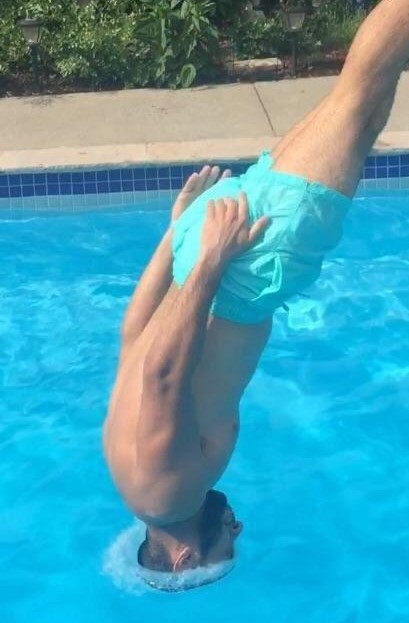Bruce Brammall, The West Australian, 5 April, 2021
It’s not often that first home buyers get one-up on investors. But they certainly did coming out of the depths of Covid last year.
In a “normal” market cycle, investors tend to swoop first on the bargains, leaving first timers buying into an already rising market.
This time, FHBs got in first, diving back into the market late last year. Investors were more wary, coming in second and trying to make up for lost time.
If you’re a first-time investor, the list of mistakes you can make fills books. And they can be very, very costly. You’re about to start a long journey of learning about tenants, mortgages and tax.
If I’ve caught you before you’ve dived in head first, here are three big things to consider on the mortgages and tax side of things, that could save you thousands.
Every property investment should start with the lending equation. Wanting to become a property investor means nothing if no bank will lend to you.
Sure, you can try the basic “how much can I borrow” calculators online. But you’d be far better off seeing a mortgage broker. Borrowing money has become a whole lot messier in the last five years, since APRA and ASIC started imposing stricter and stricter conditions on lending by the banks.
There’s a lot of finesse required, even for what used to be easy decisions for banks.
Beware cross-collateralisation of your home with an investment property purchase. This is when a lender takes security over multiple properties for a single loan. If the borrower gets into trouble, the lender can potentially sell both properties to make sure debts are settled.
Make sure each loan is secured against only one property. For investors, that often means splitting investment loans in two.
For example: You already have a $200,000 mortgage on your $800,000 home. You’re purchasing a $500,000 investment property, borrowing the lot including stamp duties, making about $520,000 in debt for the investment.
If you cross-collateralised (banks often do this to better protect themselves), the $520,000 investment loan would be secured against both investment and home.
You can avoid this by splitting the $520,000 loan into two. The first loan for $400,000 (or 80 per cent of the value of the investment property) goes against the investment property.
The second loan for $120,000 is secured against your home, where you already have your $200,000 home loan. Don’t worry, the interest on this $120,000 loan is still tax deductible, as the Tax Office considers the purpose of the loan, which was to purchase the investment property.
This potentially gives you some added protection down the track.
Next, interest only or principal and interest? This will come down to circumstances. But here is a rough guide.
If you still have a home mortgage, that is the loan you want to pay down first. And having your investment loans on interest only can make sense, as it will allow you to continue to pay down your home loan faster.
Unfortunately, in recent years, banks have put an interest-rate premium on interest-only loans, so you will pay extra for this. (But it differs from bank to bank, so another reason to get a mortgage broker on board.)
If you don’t have a home loan, you’ll probably want to pay principal and interest to develop equity faster.
Next, consider redraw and offset accounts. While holding excess cash in either will usually lead to the same interest saving, the ATO sees them very differently.
Money put in redraw accounts means you have actually repaid the loan a little (even if you can redraw it). If you take that money out, the ATO will only allow you a tax deduction for the interest on the lowest point of the loan. That is, if you had $50,000 in redraw against the $400,000 loan, you will now only get a tax deduction based on a debt of $350,000 loan.
An offset account is different. It is offsetting the interest on the loan (that is, you haven’t repaid it). While it is saving you interest, if you go to withdraw the $50,000, you will go back to getting a tax deduction on the $400,000.
It’s a big welcome back to the market for investors. But don’t dive in without advice. And on the mortgage side of things, a broker could be your best friend.
Bruce Brammall is the author of Mortgages Made Easy and is both a financial adviser and mortgage broker. E: bruce@brucebrammallfinancial.com.au.
